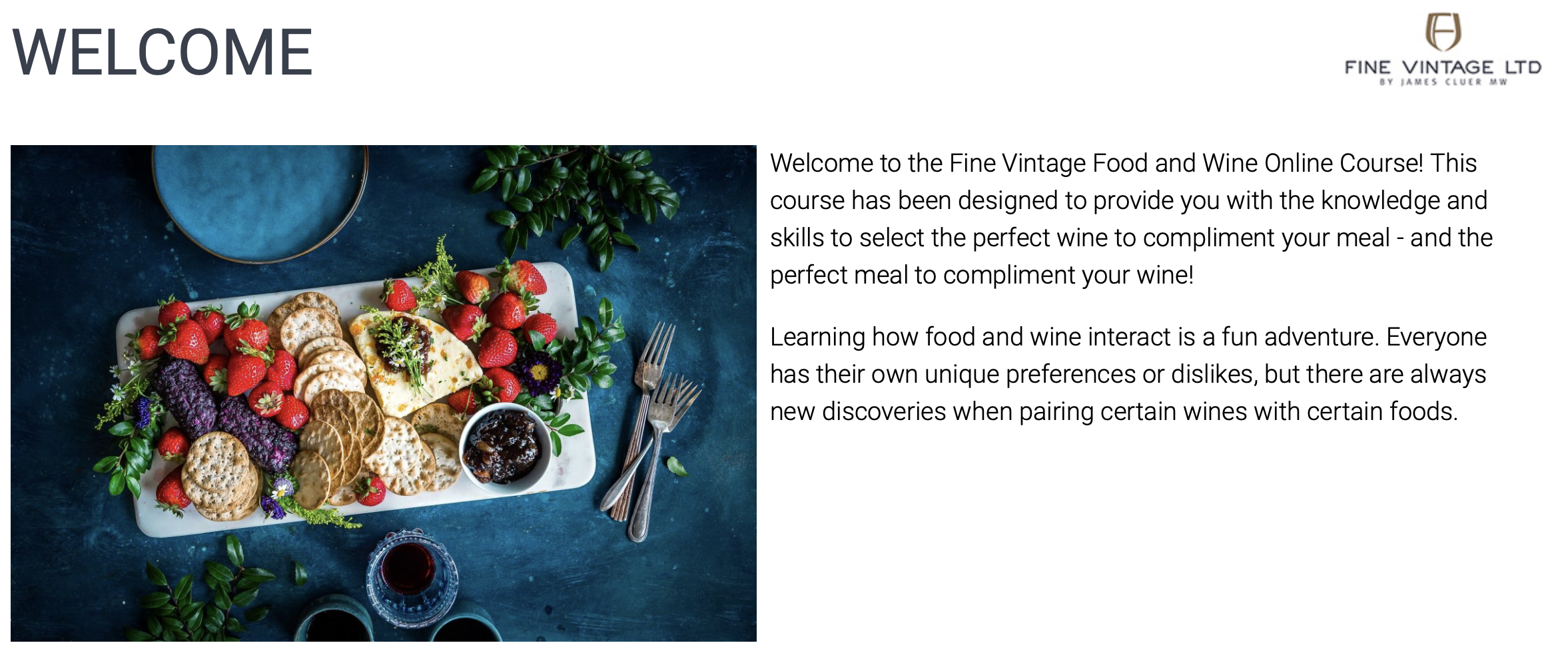[These bottles were provided as samples for review purposes.]
By Peter Vetsch
The hardest part about writing a review like this is resisting the urge to pun the headline. Baby’s Got Baco. Backstreet’s Baco. Baco to the Future. Baco Tuesday. Where Baco Noir goes, a world of pun glory follows. But in the end, I decided the title had to focus on the mission. Three different Baco Noirs from one of the world’s best-known producers of this star-crossed grape, Niagara’s Henry of Pelham, at three tiers of the winery’s portfolio. One survivor. Take what you need, give nothing Baco. OK, I’ll stop.

Opening a bottle of Baco Noir feels a little like drinking Canadian wine history. One forgets in our nation’s current golden era of properly ripe bigger vinifera reds and advanced farming techniques allowing warm-climate grapes (even Grenache!!) to flourish in northern climes that it was not that easy in the beginning. Micro-soil-mapping to ascertain the perfectly right spot to plant the right varietal didn’t exist. Climate change hadn’t yet made the task of Canadian viticulture slightly easier. It was not always clear what would grow, and when it did, there was always the chance it might just freeze and die the next winter. The grapes that did the best in the conditions were not necessary the ones that made good wine, but at least they lived long enough to make wine. You can understand the allure of Baco Noir, a grape that attempted to do both.
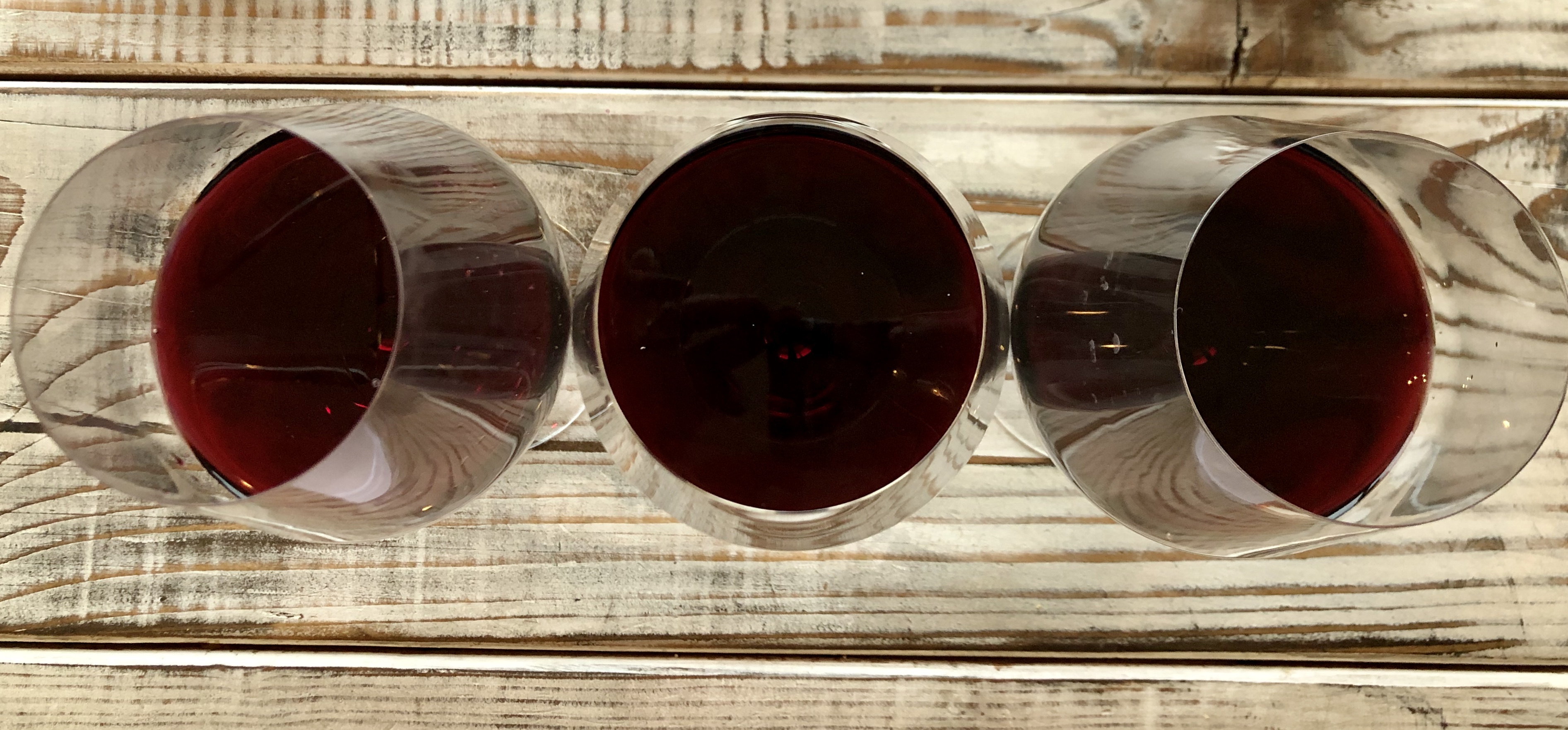
Baco Noir is a hybrid variety, meaning that it is a human-bred cross between two grape parents, one of which hails from the vinifera species of vitis (grape) native to the Old World (from which all of the world’s top wine grapes are found), and the other of which is from a North American vitis riparia species, which makes a poor choice for winemaking but has a constitution much better suited to marginal climates. Baco’s vinifera mother was Folle Blanche, one of the traditional (white) French grapes of Cognac and Armagnac; its riparia father was previously not known but has now been shown to be Grande Glebre, which carries on a sort of half-life in the wine world currently as a producer of phylloxera-resistant rootstocks onto which many susceptible vinifera vines are grafted. These parents were crossed and bred by Frenchman Francois Baco in 1902, who obviously decided to name the result after himself. It was initially called Baco 24-23 (giving you a sense of just how many Baco varietals there likely were out there) before being more convincingly changed to Baco Noir in the 1960s. After a brief flirtation in Burgundy and the Loire Valley, the hybrid was planted in North America in the mid-20th century, where it gained a foothold in the northeast part of the continent.
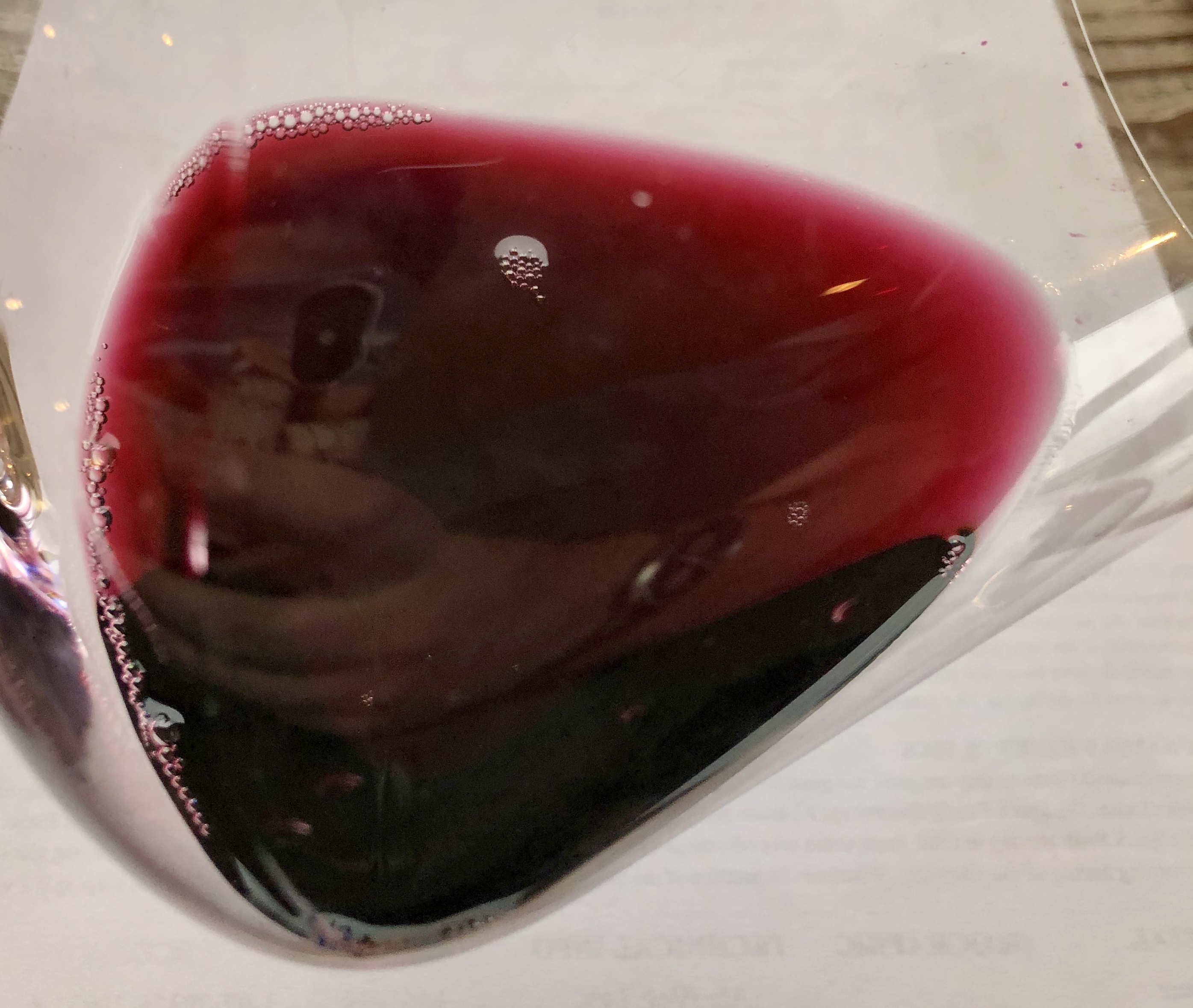
BACO.
Baco’s allure in a nascent Canadian wine industry is not difficult to understand. Not only was it resistant to phylloxera, but it grew vigorously and ripened early (critical in a short growing season) and yet still retained plenty of acid. It was cold-resistant through the difficult winters. It is a teinturier grape, so unlike most red grapes, its flesh and juice were dark-coloured as well as its skins, allowing for guaranteed depth of colour in the finished wine. Back when the idea of ripening and keeping alive most of the big red grapes of the world was sheer fantasy in Canada, here was this hearty and disease-averse grape that could reliably produce a dark, deep, rich, meaty red without losing its acidic backbone and without dying before the next spring. Nowadays local alternative options have improved significantly, but the love affair with Baco Noir, particularly in Ontario, has never fully gone away, particularly at Henry of Pelham, where the Bacos are often some of the first wines to sell out every year, despite healthy production levels thanks to 60+ acres of plantings. Bring on the Baco ladder. Read the rest of this entry »
Like What You Read? Please Share and Spread the Word - It Helps!



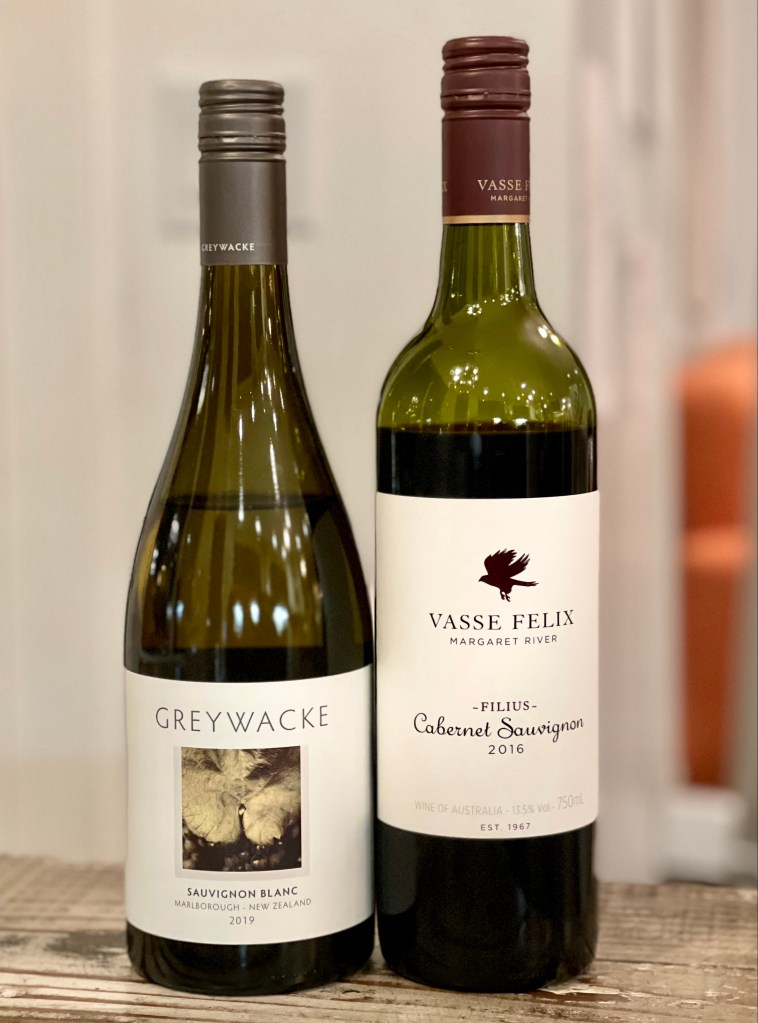




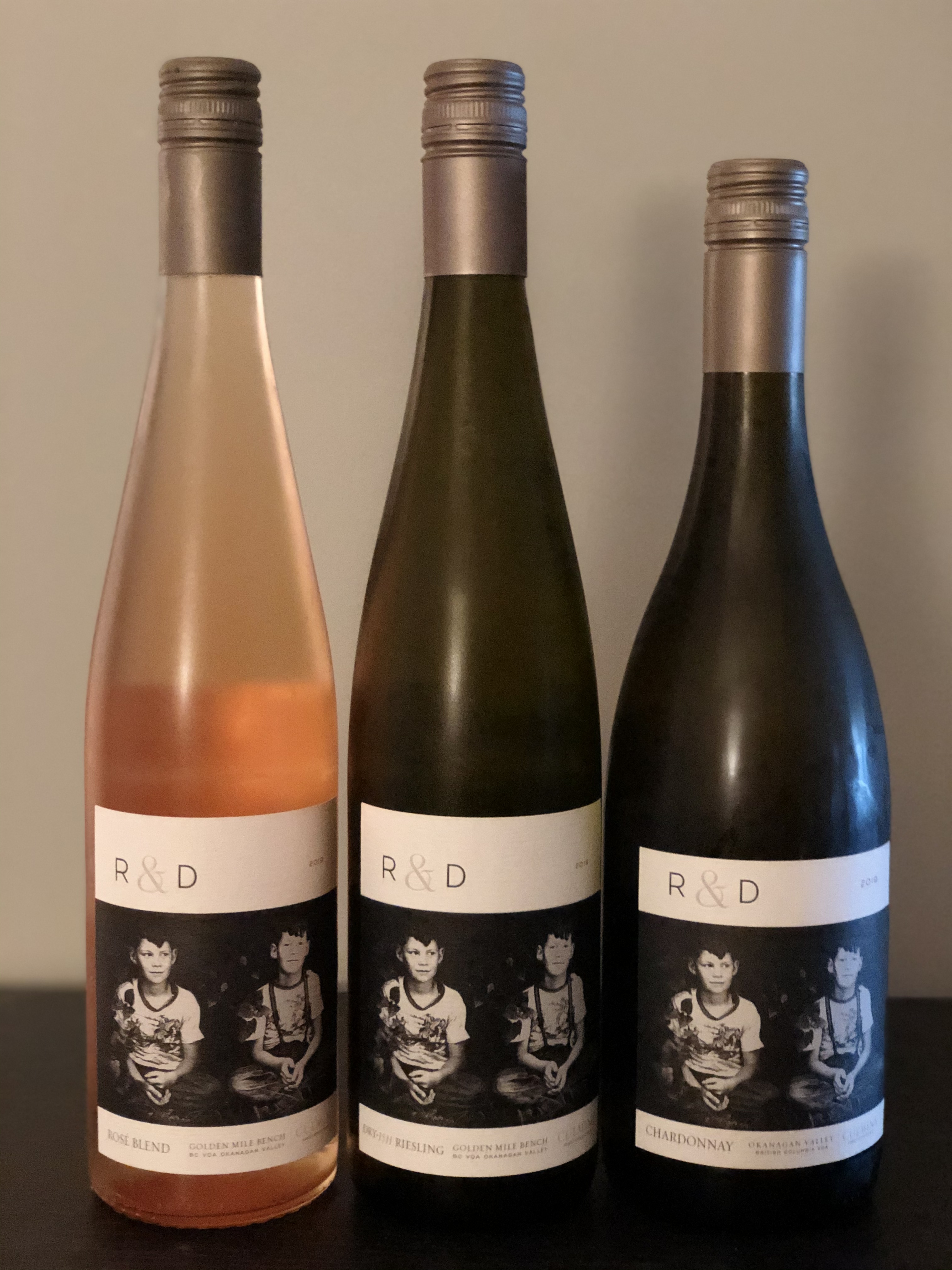
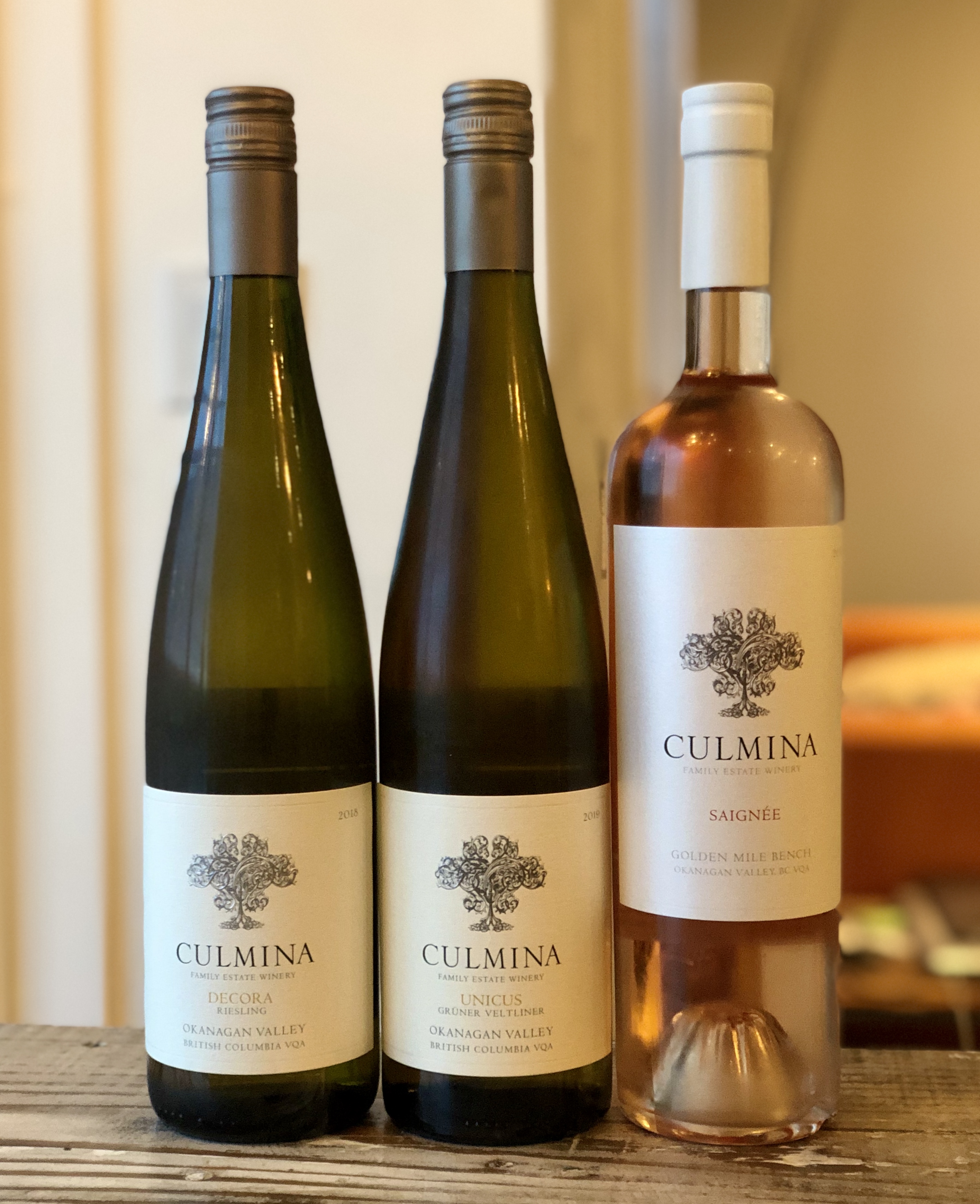
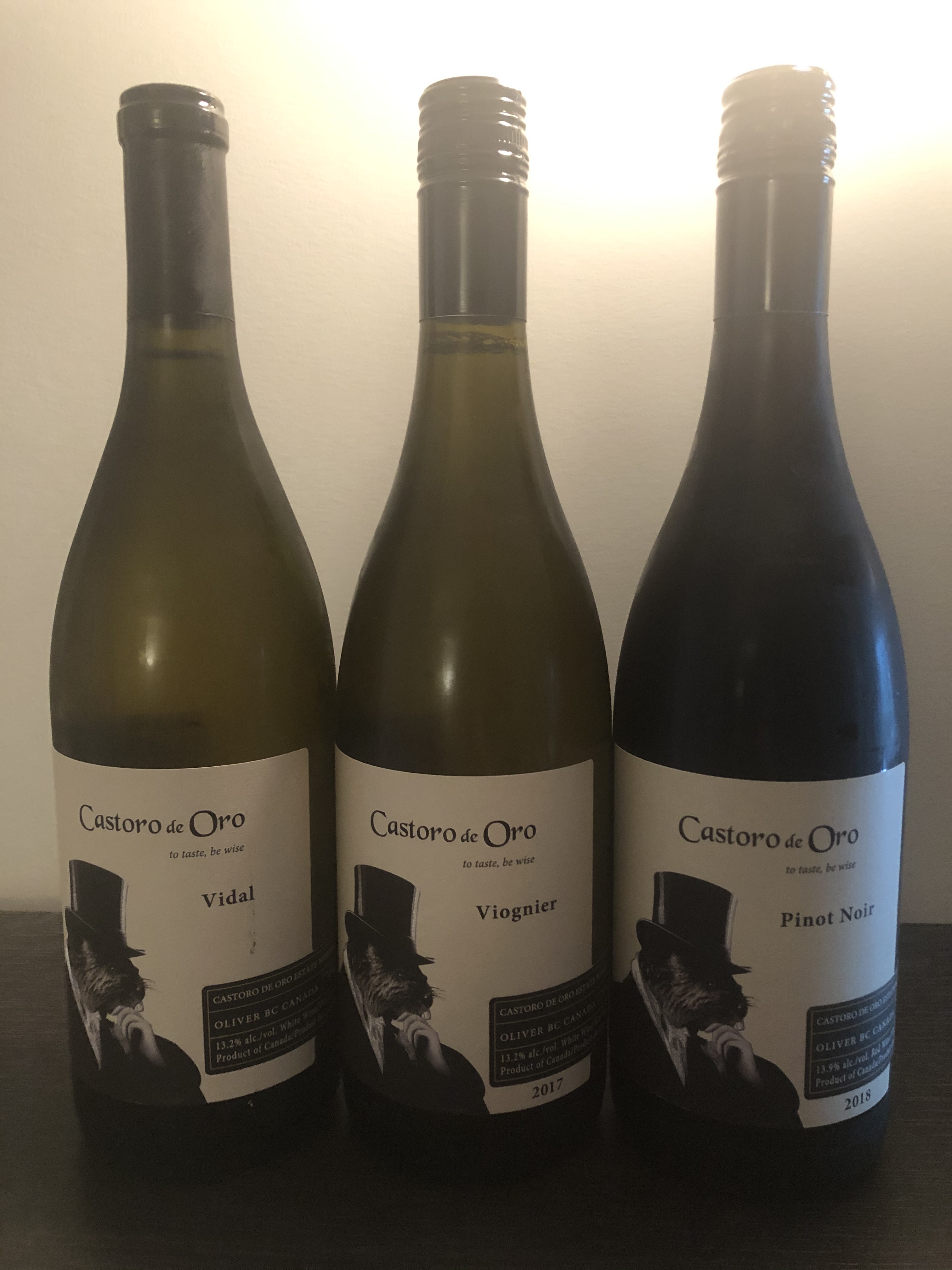
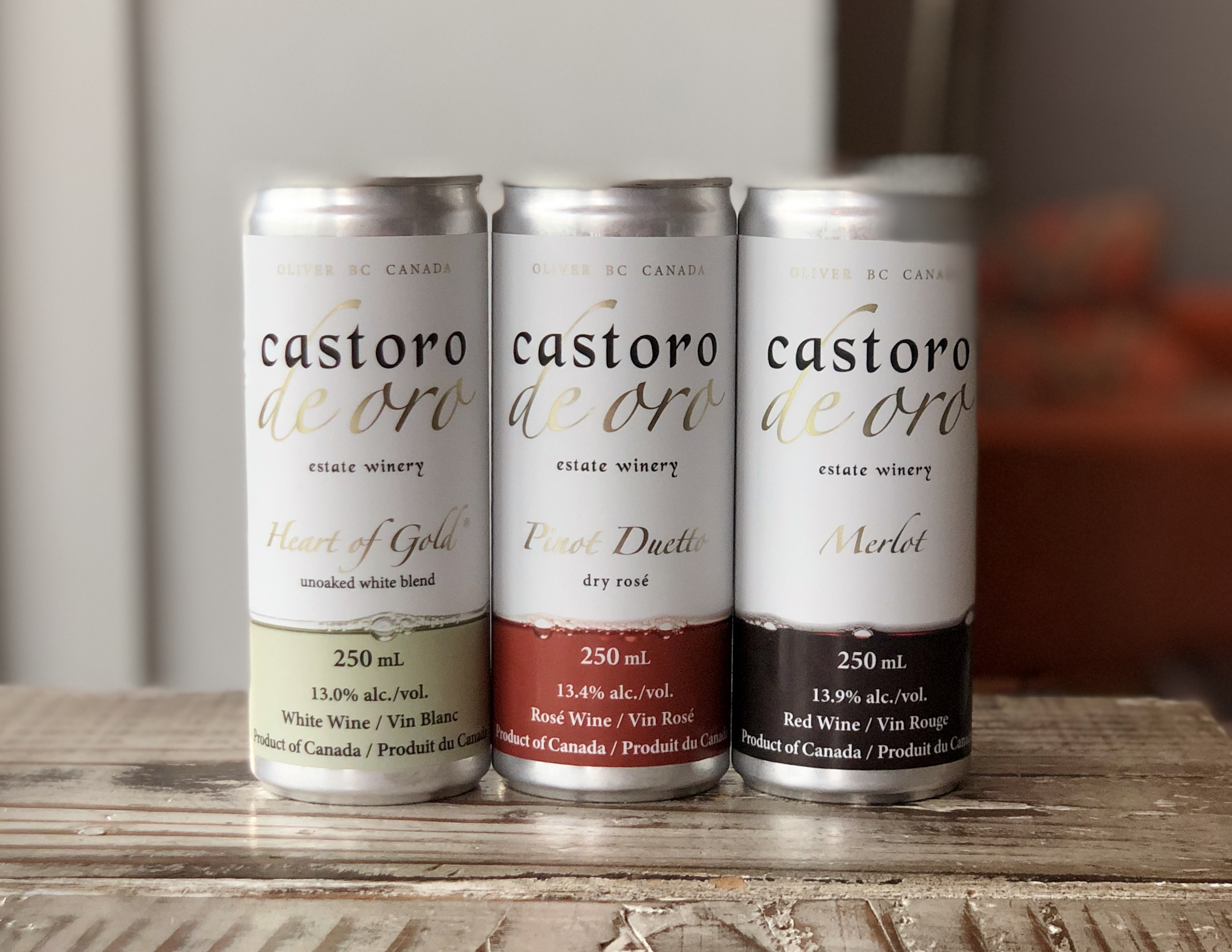
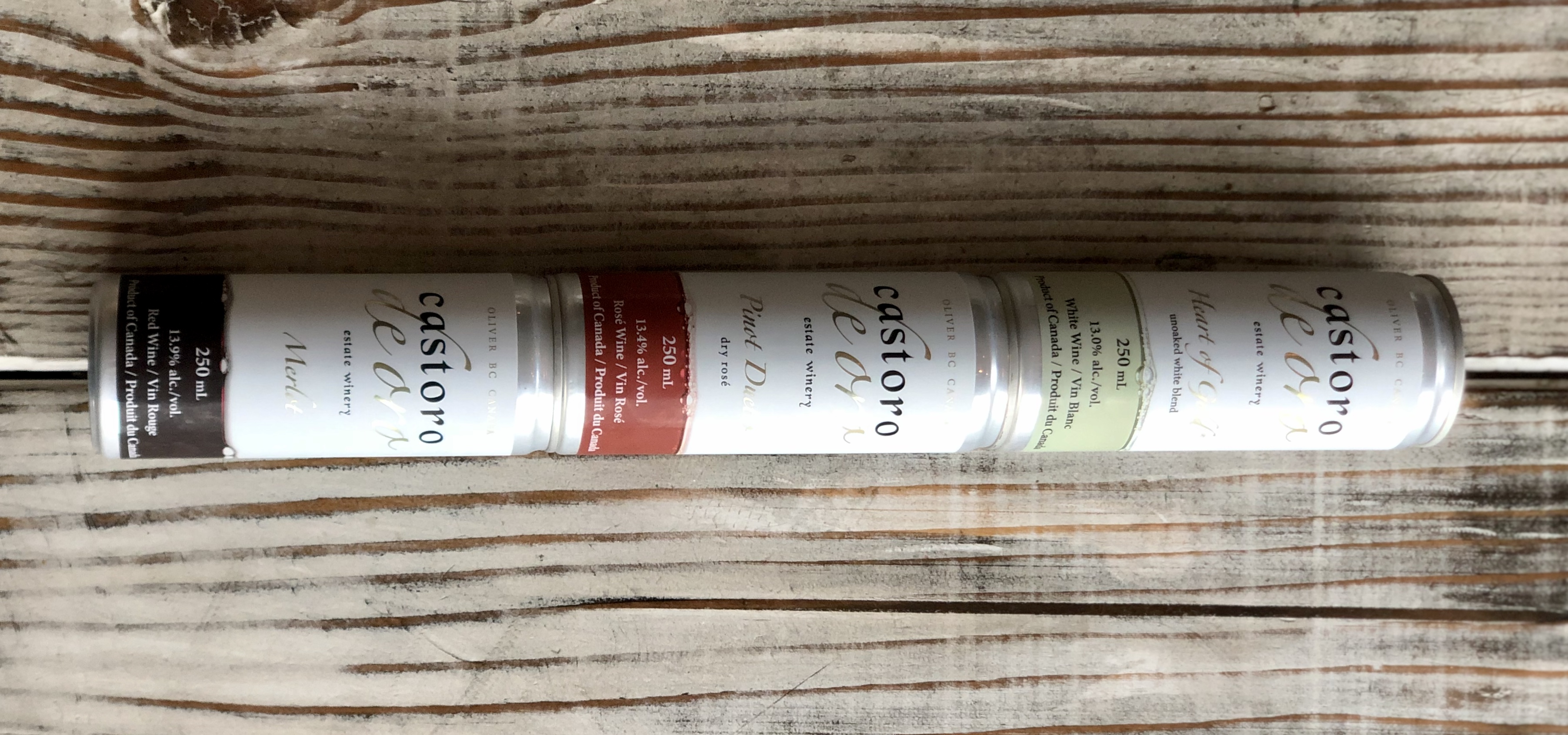
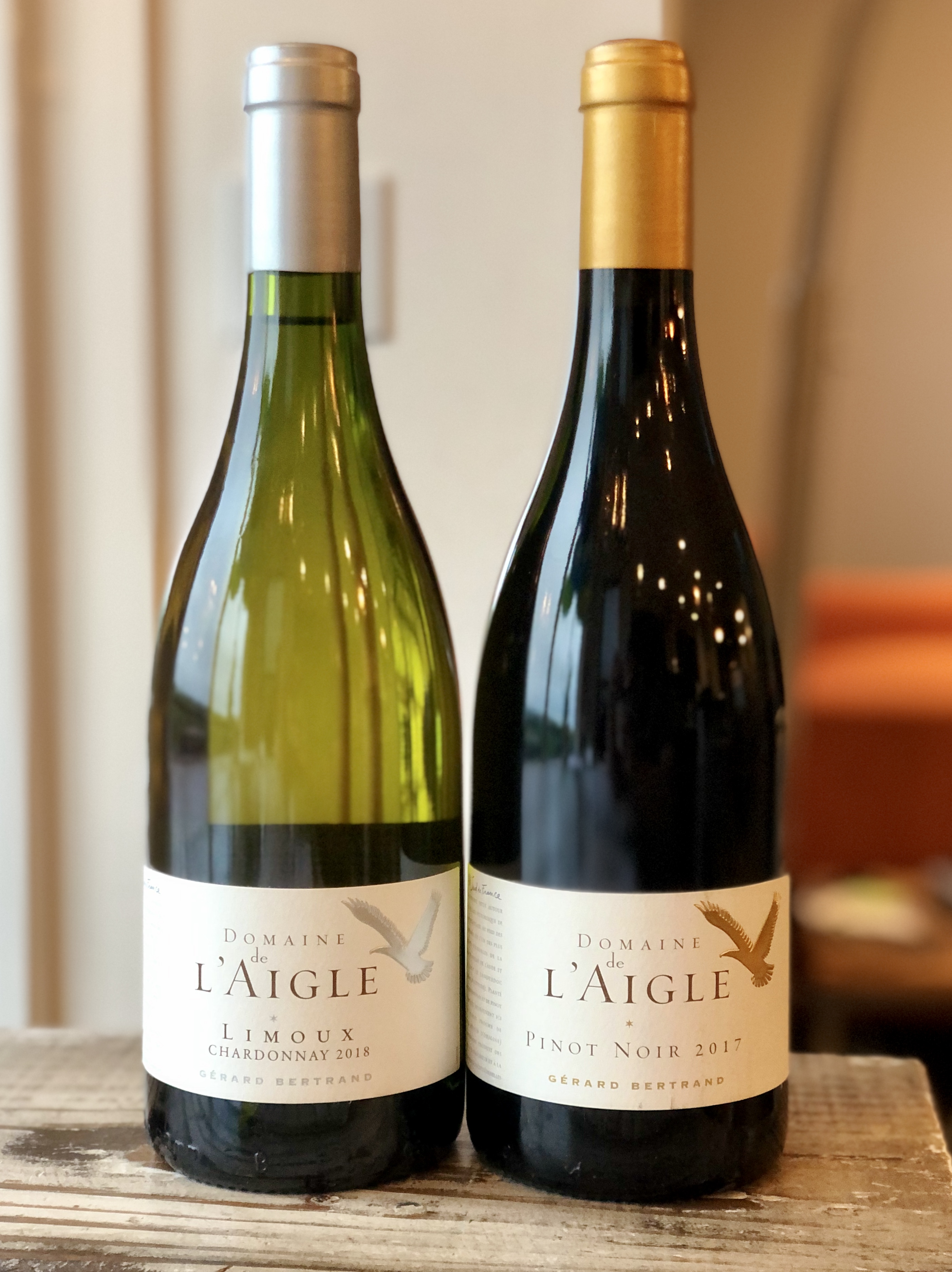
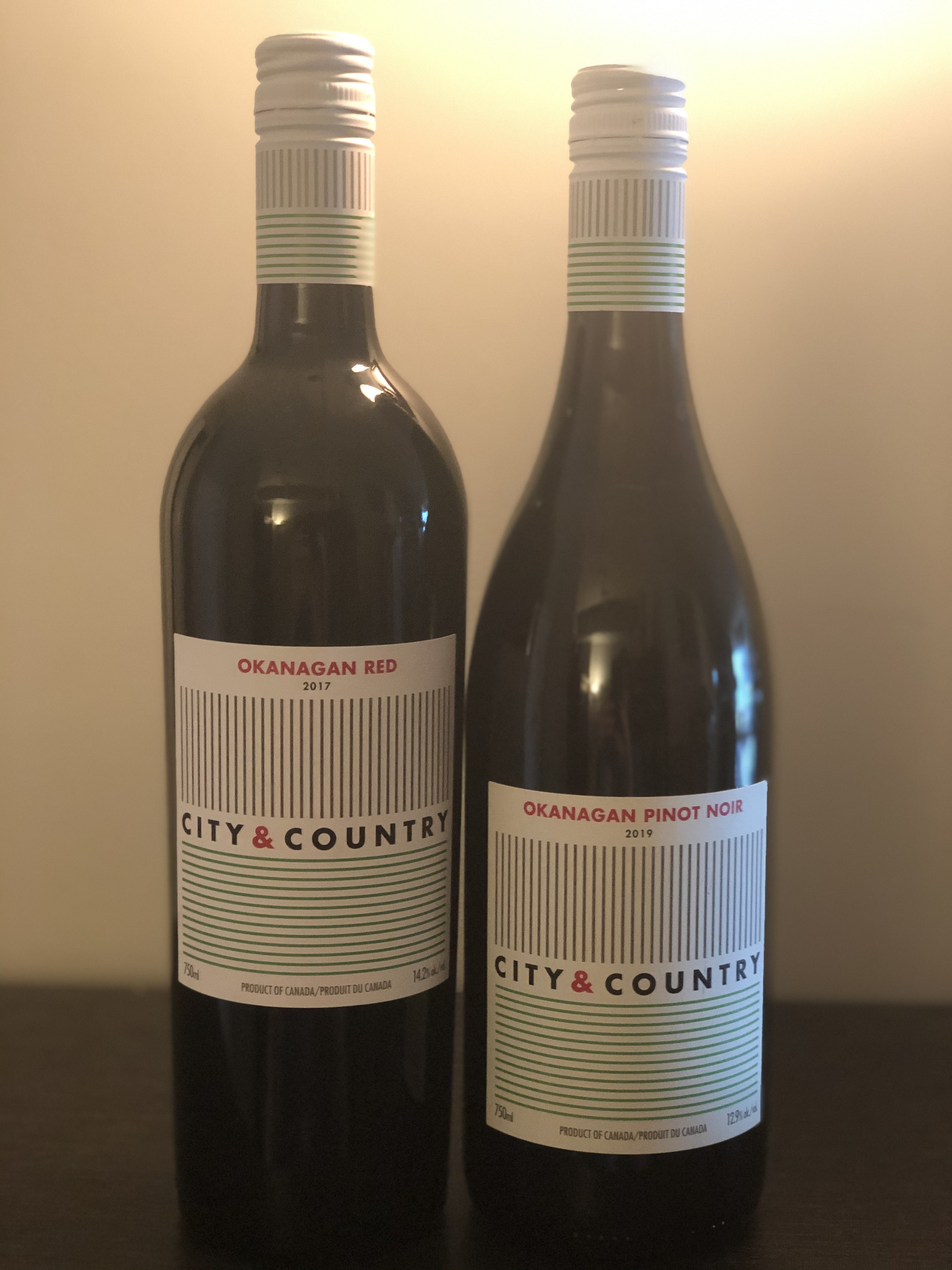 City & Country can be found east of Macleod Trail and just south of Erlton, although the brand itself predates the bricks-and-mortar winery that started operations this year. Chris Fodor and his wife Karen first made their own wine in 2017 with some help from Pentage Winery in the Okanagan, where their winemaking endeavours were originally housed, but the Fodors’ aspirations were ultimately bigger than just one wine region, or even one country. They reasoned that a winery based in a large city could source grapes or even pressed must from anywhere, so long as everything is temperature-controlled. I’ll mention here that such a model is used by some of my favourite boutique wineries in California and elsewhere in the US, although in these cases the winemakers draw upon a limited number of local options (often very specific, unique sites) for grape sourcing. The Fodors seem to scoff at the notion of such constraints, although understandably the focus of the winery’s initial releases seems to be on grapes from next door in the Okanagan.
City & Country can be found east of Macleod Trail and just south of Erlton, although the brand itself predates the bricks-and-mortar winery that started operations this year. Chris Fodor and his wife Karen first made their own wine in 2017 with some help from Pentage Winery in the Okanagan, where their winemaking endeavours were originally housed, but the Fodors’ aspirations were ultimately bigger than just one wine region, or even one country. They reasoned that a winery based in a large city could source grapes or even pressed must from anywhere, so long as everything is temperature-controlled. I’ll mention here that such a model is used by some of my favourite boutique wineries in California and elsewhere in the US, although in these cases the winemakers draw upon a limited number of local options (often very specific, unique sites) for grape sourcing. The Fodors seem to scoff at the notion of such constraints, although understandably the focus of the winery’s initial releases seems to be on grapes from next door in the Okanagan. The Fodors officially opened the City & Country winery on February 1st, 2020. Of course, COVID-19 struck after a mere month and a half of operations, but City & Country pushed forward with characteristic Alberta resilience,
The Fodors officially opened the City & Country winery on February 1st, 2020. Of course, COVID-19 struck after a mere month and a half of operations, but City & Country pushed forward with characteristic Alberta resilience, 